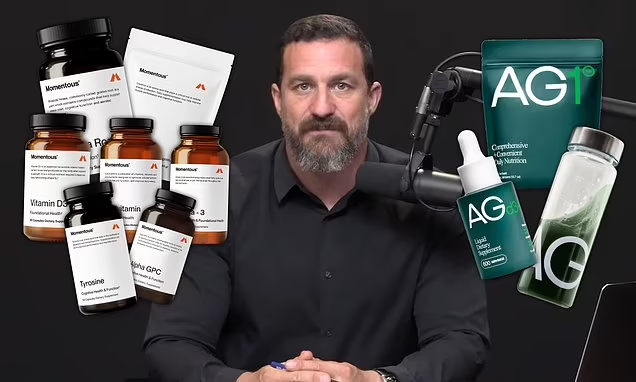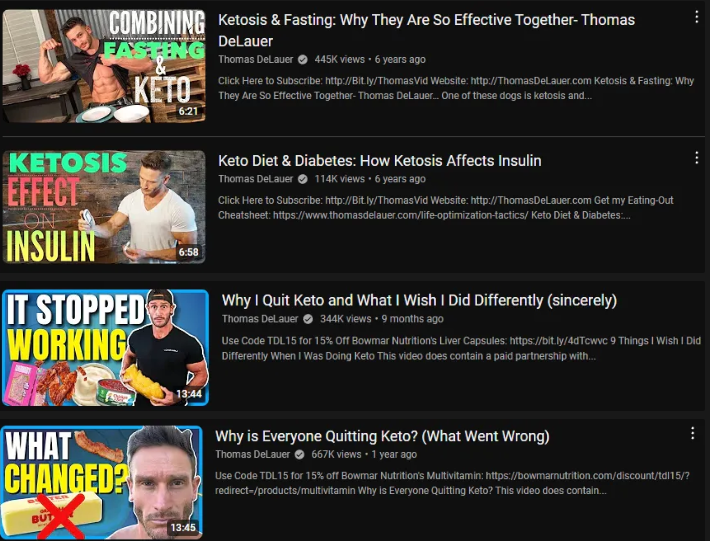When I trained for my first Spartan Ultra race, I did what many dedicated fitness enthusiasts do—I immersed myself in content from elite endurance athletes. I studied triathletes, ultramarathoners, and OCR champions. I watched their training videos, listened to their interviews on podcasts, and read their books and nutrition protocols. Like many of my clients now, I believed that if I simply followed the blueprint of these impressive athletes, their performance would naturally follow in my own races.
The fitness world reinforces this idea constantly: elite athletes have unlocked the secrets to optimal human performance, so adopting their methods should yield similar outcomes. After all, if these approaches work for world champions and Olympians, shouldn’t they work for a dedicated amateur like me?
Following advice from a prominent triathlete’s nutrition book, I shifted focus to micronutrient density of food—sprouting lentils and loading up on vegetables. Simultaneously, I adopted fasted training after hearing several endurance athletes discuss how it would make them “fat-adapted” and improve my endurance capacity.
The results? Initial weight loss gave way to energy crashes. My training sessions became increasingly difficult. I even experienced dangerous blood sugar drops that caused me to blank out during training runs. What I thought was dedication to “training like the elites” was actually undermining my performance and health.
Following diets and training plans promoted by influencers and athletes can be risky due to several potential pitfalls, often hidden beneath the surface of impressive performances and perfect physiques.
It’s important to realize that many influencers and athletes are, in a sense, experimenting on themselves. What works for them at that moment might be a temporary strategy, not a long-term solution.
They might be “testing the ground,” but the results only apply to their specific circumstances, genetics, and training history. Examples like the popular trends of intermittent fasting or ketogenic diets, while sometimes adopted by athletes who appear “jacked,” don’t necessarily mean those methods are responsible for their physique or are appropriate for everyone. As an example: Professional cyclist Gabriel Cullaigh talks about his experience with fasted training: “Looking back, for me, for my ride type, it was just detrimental. It had such a knock on effect it’s not a sustainable. Even when you do it right it still has a knock on effect.”
As the researcher and coach Eric Trexler highlights in a podcast, the genetic elite often achieve remarkable results despite suboptimal practices:
“I just know from being in the industry… it just blows your mind when you actually talk to some of these people who have unreal genetics and exercise all day even if it’s not perfectly optimized throughout their college career or whatever… [One football player] looked like he could walk into any natural bodybuilding show and win by a mile… We asked him… ‘What did you have for breakfast? Nothing. What did you have for lunch? Nothing…Okay, so you just worked out like three sessions between 9 a.m. and 5:00 p.m. you haven’t touched a calorie today. What are you going to eat when you go home? I don’t know, hadn’t thought about it.‘ He literally seemed like it was this weird ‘what are you getting at? Why are you asking these questions?'”
Only time tells
It’s also important to remember that the full story of an athlete’s or influencer’s journey often unfolds over time. Injuries, revelations about performance-enhancing drug use, and struggles with mental health are common occurrences that may not be immediately apparent. The pressure to maintain a perfect image can lead to a delayed unveiling of the challenges and sacrifices behind the scenes.
Hunter McIntyre’s Cautionary Tale

What’s revealing is that even professional athletes themselves can fall victim to this “more is better” mindset. Consider the case of Hunter McIntyre, one of the world’s top obstacle course racers and CrossFit athletes.
Despite being at the elite level, Hunter made a critical error that many amateurs make. After racing successfully at 210 pounds, he became fixated on weight loss, thinking: “If I lose 20 pounds, I’ll be like a rocket!” He hired a top nutritionist who warned him about aggressive approaches, but the initial success of dropping some weight led him to push further.
“This is where things started to go sideways for me,” Hunter admitted. A bicycle crash sidelined him for three weeks, yet he maintained his caloric deficit. Simultaneously, he built an altitude tent, spending 10-12 hours daily in simulated high elevation. Between the injury, caloric restriction, and altitude stress, his sleep quality plummeted.
“There was nothing there at all. There was a void of energy. It was as if I hit mud. When I was giving 100% effort, it was giving me 50% moving forward.”
Hunter McIntyre
Despite these warning signs, Hunter increased his training volume significantly, jumping from 50-mile rides to 70 miles. The combination proved disastrous. During a crucial race, when he typically excelled, his body failed him completely: “There was nothing there at all. There was a void of energy. It was as if I hit mud. When I was giving 100% effort, it was giving me 50% moving forward.”
His conclusion? “I overtrained and under-recovered. I should have maybe increased my mileage a little bit. I should have listened to my nutritionist. I maybe could have spent time in the altitude tent. But I should not have done all these things at the same time.”
If a professional athlete with expert guidance can fall into this trap, imagine how easily someone balancing a demanding career and family responsibilities who is following him, might do the same.
Elite athletic performance doesn’t equate to elite nutrition knowledge.
What many don’t realize is that elite athletic performance doesn’t equate to elite nutrition knowledge. Research consistently shows that athletes—even at high competitive levels—often have surprising nutrition knowledge deficits.
A 2022 study published in the journal Nutrients found that athletes showed a median nutrition knowledge score of just 25.1 points, comparable to high school students (19.5) and Philosophy undergraduates (29.0). This was significantly lower than scores from sports technical team members (58.5) and nutrition students (74.6).
Perhaps most concerning, researchers found evidence of the Dunning-Kruger effect among athletes: those with the lowest nutrition knowledge scores tended to overestimate their competence in nutrition matters.
Other research examining Division III college athletes revealed they significantly underestimated their energy and carbohydrate requirements based on their sport’s demands—regardless of gender. This knowledge gap was associated with higher body fat percentages, suggesting tangible performance consequences.
A review from 2025 found that few triathletes performed carbohydrate loading, in addition to the insufficient amount of supplemented carbohydrates taken by them. The authors concluded that triathletes were not sufficiently aware of nutritional recommendations or did not adopt them.
Multiple reviews have identified consistent patterns: athletes frequently display gaps in nutritional knowledge related to nutrient intake and dietary guidelines, often compensating with unnecessary supplements rather than addressing fundamental nutritional needs.
Six-pack abs, top performance, and live to 100.
Unfortunately, strong, lean bodies have become a synonym for health. That’s often not true. I commonly have enthusiastic athletes come to me complaining about feeling tired, battling sweet cravings, and feeling undisciplined with their diet.
The root cause? They have been led to believe that they can have a six-pack ab physique, and perform at the highest level on the field, while also setting themselves up to live to 100 years.

Most advice you will see on the Internet is based on personal experience, not on solid scientific evidence. The combination of a good-looking body accompanied by scientifically sounding words is a tried and tested formula to sell you ideas, training programs, and supplements.
Have the ability to deadlift a vehicle in the morning, run a marathon for lunch, and have an Iron Man Triathlon for dinner. You can do it all! And don’t forget to use my promo code in the check-out for this supplement that will help you do so.
Influencers may not be transparent about their own methods, including the use of performance-enhancing drugs or cosmetic procedures, which is becoming more common now that AI allows us to alter reality easily.
Financial incentives (sponsorships) hide behind scientifically sounding words to promote certain products or diets, which may compromise the objectivity of their advice.
Even if unintentionally, “what I eat in a day” videos can promote eating patterns that are indicative of disordered eating, such as extreme calorie restriction, fasted trainings, or obsessive focus on food.
Paradoxically, you will look and feel your best when you fuel adequately. Performance vs Looks. “I know I should fuel for performance, but what if I gain fat?”
Diet trends work for the algorithms, not for people.
The fitness industry is susceptible to trends. Influencers often change their advice to align with popular topics, potentially confusing their followers and spreading misinformation. Many influencer diets are overly restrictive or unsustainable in the long term, or presented with a lack of context.

Through coaching mothers, fathers, and business owners with athletic aspirations as well as pro athletes, I’ve witnessed this same pattern repeatedly: ambitious, hard-working people adopting protocols designed for genetic outliers with completely different lifestyles, then wondering why they feel exhausted, injured, or stuck in a cycle of progress and regression.
Remember:
- Top athletes are often genetic outliers—their bodies respond to training stimuli and recover in ways the average person’s simply cannot, regardless of effort or dedication.
- Elite athletes structure their entire lives around training and recovery. They typically train 20-30+ hours weekly, sleep 8-10 hours nightly, and have access to massage therapists, nutritionists, and medical support that most amateurs don’t. For professional athletes, physical performance isn’t something they fit around their “real job”—it IS their job. Their nutritional and training approaches reflect this singular focus that most people simply cannot (and should not) replicate.
- Many elite athletes succeed despite certain nutritional practices, not because of them. Their exceptional genetics allow them to tolerate suboptimal approaches that would break down the average person’s health and performance.
- Everyone wants to show their best online. Fitness influencers may promote unrealistic body images or fitness goals, setting followers up for disappointment and potential body image issues.
- Despite their physical prowess, most athletes lack the nutrition education to properly evaluate their own dietary needs or advice they receive, often leading to suboptimal approaches even at elite levels.
- When sponsorships and money get involved, influencers and athletes often recommend products with weak scientific support. Sometimes, they don’t even use them themselves.
Build a Sustainable Approach for Your Athletic Aspirations
I am not saying you should reject all insights from elite athletes, but we need to be cautious about what advice we follow. When we see what we want to see, we are likely to turn off our critical thinking, and give into emotions. This often happens as a result of being stuck for some time.
I recommend focusing on principles over methods, and prioritizing sustainable practices that support your overall well-being. It is about to train for the go, not for the show.
Here is how to learn from the content on the Internet:
- The mastery mindset: Elite athletes understand the value of consistency and showing up for training—even when inconvenient. This principle of persistent, regular effort translates perfectly to any fitness journey. Top athletes focus on executing daily processes rather than obsessing over outcomes. They trust that consistent training, proper fueling, and adequate recovery will produce results over time.
- Recovery prioritization: High-level performers recognize that recovery isn’t optional—it’s when adaptation happens. For busy professionals with athletic goals, this often means optimizing sleep quality and strategic recovery rather than simply adding more training volume.
- Experimental approach: The willingness to methodically test different training and nutrition methods to discover what works for their specific body and circumstances.
- Incremental progression: As Hunter McIntyre learned the hard way, changing one variable at a time is crucial. Dramatic shifts in multiple aspects of training and nutrition simultaneously can overwhelm even professional athletes’ recovery capacity.
- Don’t diet, fuel! Have a mindset of fueling your body throughout the day. Fuel up for your needs. Refuel after exercise.
The truly impressive achievement isn’t replicating elite athletic performance while managing a demanding career and family life—it’s building sustainable training and nutrition practices that enhance your athletic capacity, energy, recovery, and enjoyment despite the genuine constraints of a non-athletic professional life.
“For about two weeks I went to the rehearsal room with a kind of reluctance. I didn’t really enjoy it. And this week (after our consultation on how to fuel properly), I’d like to stay here for 3-4 hours.”
Dominik, enthusiastic runner and drummer.
Hunter McIntyre’s experience reminds us that even at the highest levels, the fundamentals matter more than extreme approaches: adequate recovery, appropriate progression, and respecting the body’s signals. If professional athletes need these guardrails, those of us balancing athletic goals with demanding careers need them even more.
Your athletic journey deserves an approach designed specifically for your life, not one built for someone with a completely different genetic makeup and life circumstance. The question isn’t “What would this Olympic athlete do?” but rather “What training and nutrition approach will work within the actual constraints of my life?”
And perhaps most importantly, remember what science has consistently shown: being an elite athlete doesn’t automatically make someone an elite nutrition expert. For nutrition guidance, seek nutrition experts rather than assuming elite athletes have figured out optimal nutritional approaches.
Tired of navigating conflicting nutrition advice? Ready to build a personalized plan that actually works for YOUR life? Let’s cut through the noise together. Schedule a free consultation to discuss your goals and how I can help you achieve them. Schedule a free consultation call with me.
Resources
Jagim AR, Fields JB, Magee M, Kerksick C, Luedke J, Erickson J, Jones MT. The Influence of Sport Nutrition Knowledge on Body Composition and Perceptions of Dietary Requirements in Collegiate Athletes. Nutrients. 2021; 13(7):2239. https://doi.org/10.3390/nu13072239
Vázquez-Espino K, Rodas-Font G, Farran-Codina A. Sport Nutrition Knowledge, Attitudes, Sources of Information, and Dietary Habits of Sport-Team Athletes. Nutrients. 2022 Mar 23;14(7):1345. doi: 10.3390/nu14071345. PMID: 35405958; PMCID: PMC9002668.
Hasanpouri, A., Rahmani, B., Gharakhanlou, B.J. et al. Nutritional knowledge, attitude, and practice of professional athletes in an Iranian population (a cross-sectional study). BMC Sports Sci Med Rehabil 15, 164 (2023). https://doi.org/10.1186/s13102-023-00776-3
Hopper C, Mooney E, Mc Cloat A. Nutritional Intake and Dietary Knowledge of Athletes: A Scoping Review. Nutrients. 2025; 17(2):207. https://doi.org/10.3390/nu17020207
